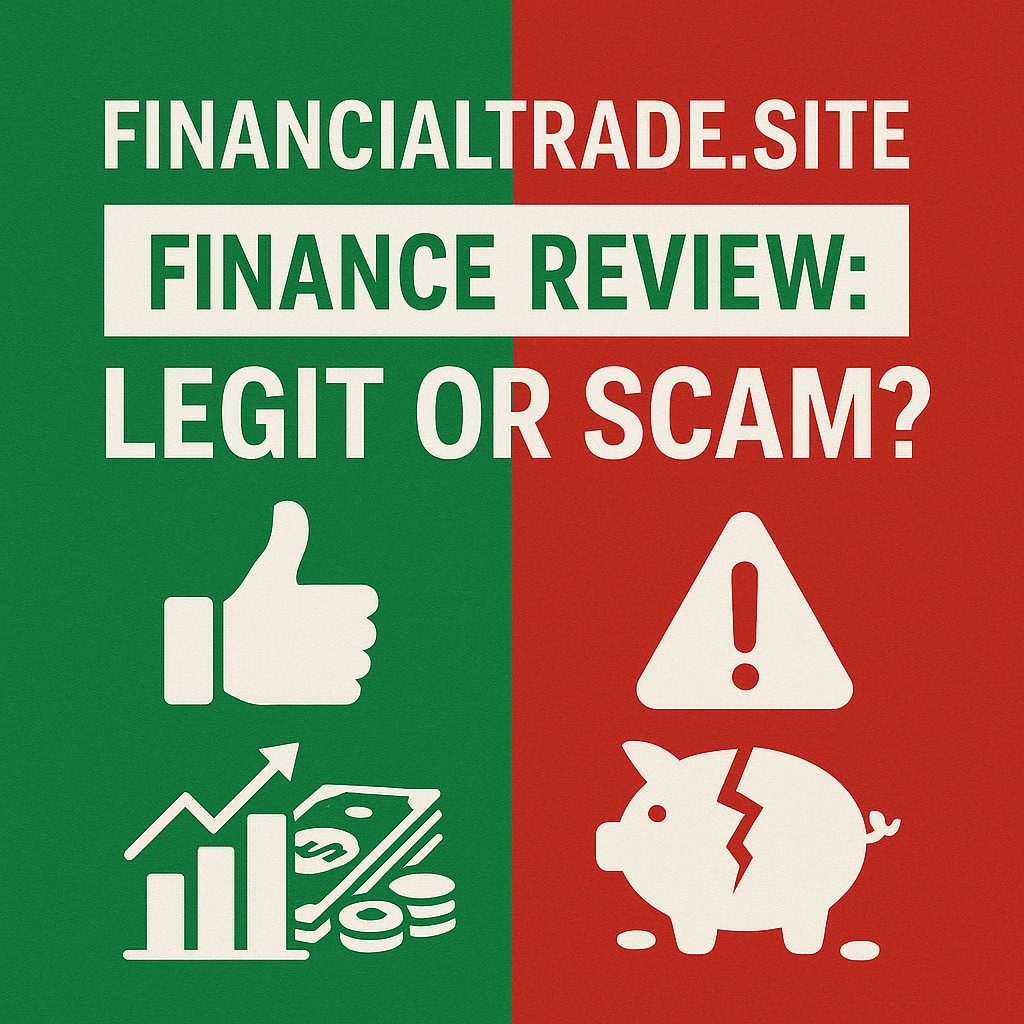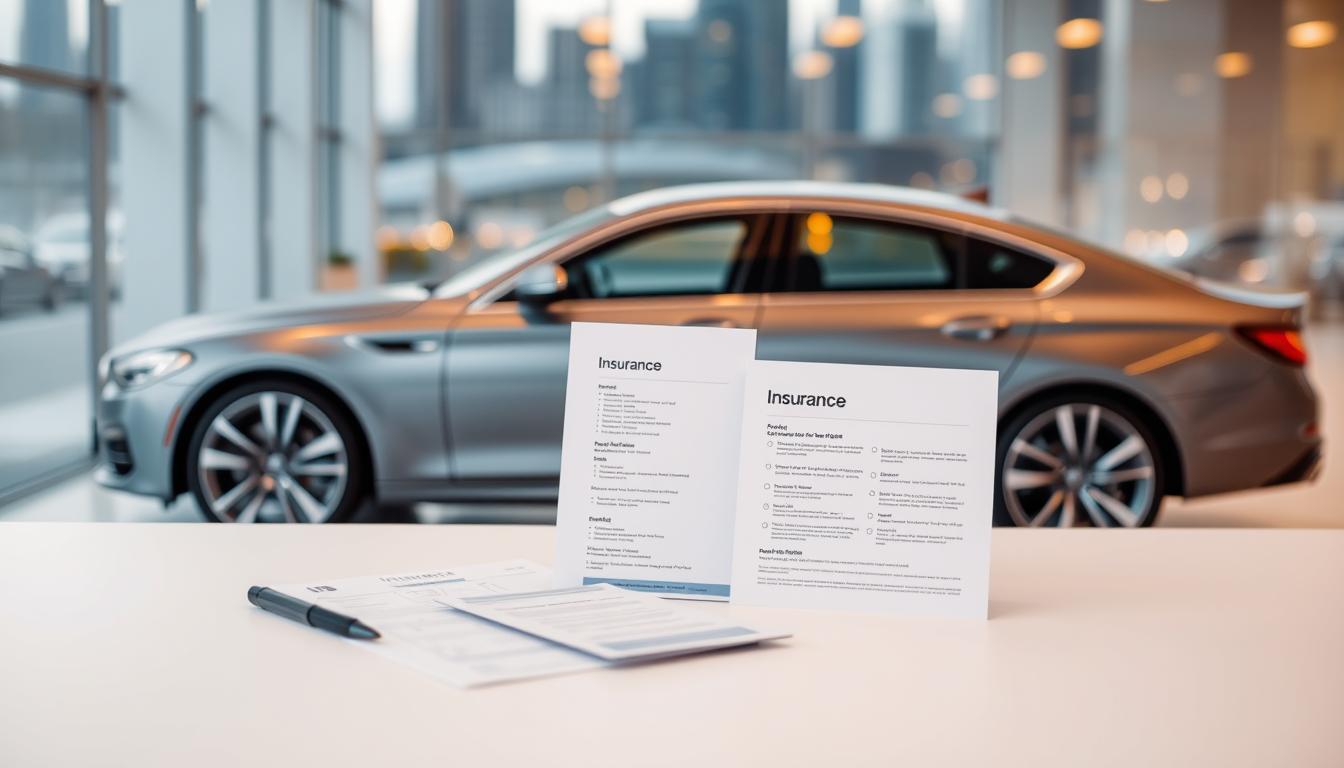Over 30% of U.S. drivers are unsure about the difference between lease and finance agreements when buying a car. Recent surveys show this. With average monthly car payments over $600, picking the wrong option can cost thousands over time. This article helps you understand the lease vs finance debate to make a smarter financial choice.
Key Takeaways
- Leasing often lowers monthly payments but limits ownership rights.
- Financing builds equity but requires higher upfront costs.
- Mileage limits in leases can add hidden fees if exceeded.
- Tax treatments vary between lease versus finance contracts.
- Lifestyle needs directly impact long-term savings potential.
Learn how your budget, driving habits, and future plans affect whether lease vs finance is better for you. This guide covers everything from initial costs to end-of-term choices. It helps you avoid costly mistakes.
Understanding the Difference Between Lease and Finance
Choosing between leasing or financing a vehicle starts with understanding the basics. This section breaks down the lease and finance differences to help you make a better decision.
What Is a Vehicle Lease Agreement?
A lease agreement lets you drive a car for a set period, usually 2–4 years. Payments cover the car’s depreciation and interest during this time. At the end, you return it.
Key terms like residual value and money factor shape your monthly costs. For example, a $30,000 car with 50% residual value after 3 years would have payments based on the $15,000 lost value.
How Financing a Vehicle Works
A finance agreement involves borrowing to buy a car outright. Payments chip away at the loan principal and interest (APR). Once paid off, you own the car.
Terms range from 36–72 months. For example, a $25,000 loan at 5% APR over 60 months has fixed monthly payments leading to full ownership.
Key Terminology in Lease and Finance Contracts
- Capitalized cost: A lease term for the car’s starting price.
- Amortization: How loan payments reduce principal over time.
- Money factor: Lease-specific interest rate (multiply by 2,400 to approximate APR).
Mastering these terms clarifies the lease financing explained process. It helps you avoid hidden costs and penalties.
The Financial Implications of Leasing a Vehicle
Leasing a car has its own financial rules. It’s different from buying one. This part talks about the costs at the start, how payments work, and the savings over time.
Initial Costs and Down Payments
Leases start with costs like down payments and fees. These costs change based on the lease type. Some leases let you pay less upfront.
Monthly Payment Structures
Lease payments are based on how much the car loses value and a special interest rate. Here’s a comparison with car loans:
| Factor | Lease Financing | Loan Financing |
|---|---|---|
| Monthly Cost | $350 (lower) | $450 (higher) |
| Ownership | No equity gained | Builds equity |
End-of-Term Options and Costs
When the lease ends, you can return the car, buy it, or get a new lease. Financial leases usually mean you buy the car. But, operating leases let you return it. There might be extra fees for too much mileage or damage.
Tax Benefits of Leasing
Business lessees may deduct lease payments as expenses under IRS guidelines.
Businesses can get tax breaks with financial leases. But, personal leases don’t offer these benefits. Still, operating leases for businesses can save money compared to buying a car.
Why Financing Might Be the Better Option
When deciding between finance lease and lease vs buy, think about your long-term goals. Financing lets you own the vehicle after you pay off the loan. This turns monthly payments into something valuable.
Look at the financing options and see how owning can save you money in the long run.
- No mileage limits—drive as needed without penalties
- Build equity that grows with vehicle ownership
- Sell or trade anytime without lease-end restrictions
- Avoid depreciation risks tied to lease or finance which is better debates
| Factor | Financing | Leasing |
|---|---|---|
| Ownership | Full ownership after payments | No ownership |
| Long-term savings | Lower total cost over 4+ years | Pays only depreciation |
| Flexibility | Modify, customize, keep indefinitely | Rigid term limits |
“Financing aligns with those prioritizing asset ownership and long-term financial stability.”
For drivers who go over 15,000 miles a year or keep cars for more than 5 years, financing is cheaper. Financing options give you the freedom to use your vehicle as you like. Leases, on the other hand, have strict rules.
For example, a $30,000 car financed over 6 years costs $450 a month. A 36-month lease with $3,000 down might save money upfront. But, the total cost goes up when you have to buy it back at the end.
Over 7 years, financing can save you about $4,200 compared to leasing, according to Consumer Reports.
Lease vs Finance: A Direct Comparison of Long-Term Costs
When deciding between lease or finance, think about long-term costs. Here’s a look at how each option compares over time:
Total Cost of Ownership Analysis
Let’s compare 5-year costs for a $30,000 vehicle:
| Option | Lease | Finance |
|---|---|---|
| Monthly | $350 | $550 |
| Down Payment | $3,000 | $0 |
| Total After 5 Years | $24,000 | $33,000 |
Financing costs more at first but builds equity. Leasing saves money early but needs renewal every 2–4 years.
Equity Building Considerations
- Financed cars gain equity as payments reduce debt
- Leased cars return to dealer with no ownership stake
Depreciation Impact
Depreciation affects lessees more during lease terms. For example, a SUV losing 40% value in 3 years costs the lessee only the leased portion. But, financiers absorb full depreciation over time.
Mileage Restrictions and Penalties
Going over 12,000 annual miles? Lessees pay $0.25/extra mile. For 3,000 over: $750 penalty. Financing has no mileage limits.
Use this lease vs finance comparison to match your driving habits and budget. The difference between lease and finance is clear when you calculate penalties, equity, and long-term savings.
How to Determine Which Option Fits Your Lifestyle
Deciding between lease options and financing options depends on your daily habits and long-term goals. First, think about how often you want a new car. If you love driving the latest models with the newest tech, lease versus finance might lean towards leasing. People who like changing cars often save on depreciation but pay for the flexibility of short-term leases.
- Mileage needs: Do you drive a lot? Lease or finance which is better depends on how many miles you drive. Leases charge extra for too many miles, while financing doesn’t have mileage limits.
- Ownership style: Leasing is good for those who drive less and want no maintenance worries. Financing is better for those who drive more and want to build equity in their car.
- Use case: Business owners might get tax benefits from lease options. Personal drivers might prefer financing options for long-term savings.
Think about this: Do you want to avoid repair costs or make your car your own? Leasing means less maintenance but no customizations. Financing lets you keep the car long-term but requires a big upfront payment.
- Technology cravings: Lease every 2–3 years to get the latest safety features and software.
- Budget priorities: Leases offer lower monthly payments, while financing builds equity but requires a bigger upfront payment.
Choosing wisely means balancing your finances and lifestyle. Use this guide to pick the best option for your unique needs.
Conclusion: Making the Right Financial Decision for Your Next Vehicle
When deciding between lease financing and traditional financing, it’s key to know the differences. Leasing means lower monthly payments and newer cars. On the other hand, financing helps you build long-term equity in a car. Each choice has its own benefits based on your financial goals.
Think about your budget and how you drive. Leasing is good for those who want flexibility and don’t want to worry about long-term costs. Financing is better for those who want to own a car and don’t mind mileage limits. Look at things like depreciation, taxes, and total cost of ownership to see which fits your lifestyle.
Before making a choice, consider things like equity growth, how much you drive, and flexibility. Whether you lease or finance, pick terms that fit your financial plans. Knowing the differences between lease and finance helps you make a choice that suits your budget and long-term goals. A smart choice supports your lifestyle and financial goals.
FAQ
What is the difference between leasing and financing a vehicle?
Leasing lets you use a vehicle without owning it. You pay for its depreciation during the lease. Financing, however, means getting a loan to buy the vehicle. After paying off the loan, you own it.
Which option is cheaper: leasing or financing?
Leasing usually has lower monthly payments than financing. But, financing can be cheaper over time. This is true for those who keep their vehicles long and want to build equity.
Are there tax benefits to leasing a vehicle?
Yes, lease payments can be tax-deductible for businesses. This offers tax benefits not available with financed vehicles.
Is there a mileage limit with leasing?
Yes, leases often have mileage limits (usually 12,000-15,000 miles a year). Going over this can lead to big penalties.
What happens at the end of a lease?
At lease end, you can buy the vehicle, return it, or lease a new one. You might face charges for wear and tear and other fees.
What are the key terms to know in lease and finance agreements?
Key terms include residual value, money factor, APR, principal, capitalized cost, and amortization. These affect the financial side of leasing or financing.
Does financing allow you to build equity in a vehicle?
Yes, financing lets you build equity in your vehicle over time. This equity can be valuable when selling or trading in the vehicle.
How do upfront costs differ between leasing and financing?
Leasing usually requires a smaller initial payment than financing. Financing may need a bigger down payment, taxes, and fees based on the vehicle’s price.
Are there significant long-term cost differences between leasing and financing?
Yes, leasing is cheaper in the short term with lower monthly payments. But, financing can be more cost-effective over time, especially for long-term vehicle owners.
What type of lease is more common for businesses?
A finance lease is more common for businesses. It supports business needs and offers tax benefits while keeping ownership flexibility.






We’re a group of volunteers and starting a brand new scheme in our community. Your web site offered us with useful info to work on. You’ve done an impressive process and our whole neighborhood will likely be thankful to you.